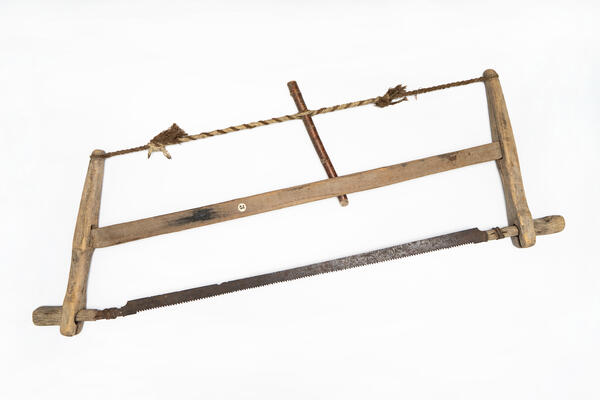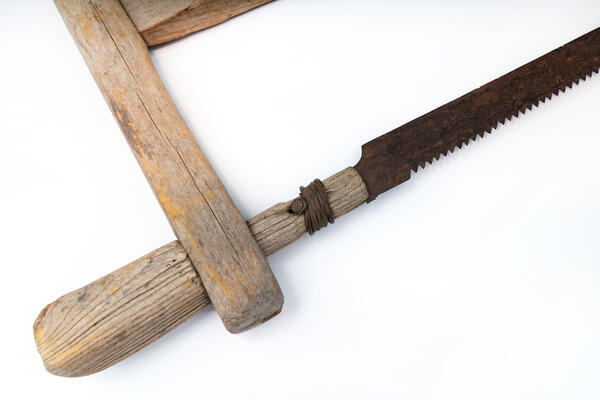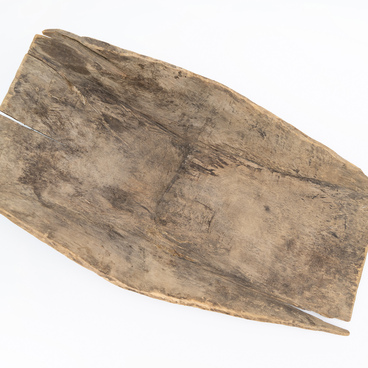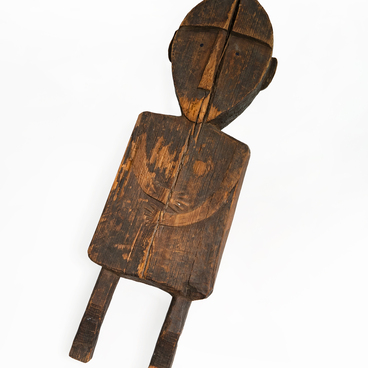Crafts related to wood processing have developed in all world cultures over the millennia. At the same time, researchers are not always able to identify the original functions of various tools that are found as a result of archaeological expeditions.
Archaeological finds on the territory of Russia allowed to conclude that small wood-working saws were known in Ancient Russia: they were used in carpentry; in turn, during logging, construction, and the production of batten, that is, thin boards, until the middle of the 19th century, it was the ax that was widely used.
Nevertheless, as soon as in the second half of the 17th century, hand saws with a length from 142 to 213 centimeters, gradually came to be used. At the end of the 17th century, “saw mills” appeared in the country, but the amount of materials produced was insignificant and “it was necessary to use ax wood.”
At the beginning of the 17th century, significant transformations began in the country, associated with the construction of St. Petersburg, admiralties, shipyards and ships. Historians associate the active introduction of the saw into various technological cycles with the name of Peter the Great. In 1701, a decree “On the training of woodcutters to sawing firewood” was issued, which was aimed at reducing waste in the production of lumber. However, carpenters and lumberjacks resisted the introduction of the saw. In 1721, the emperor decided to allow the construction of private sawmills on the public lands of the St. Petersburg province. Nevertheless, the saw began to dominate logging and construction only by the middle of the 19th century.
The bow saw got its name due to the bow-shaped frame, the element on which the saw blade was stretched. The base was usually made up of two cheeks, which were most often made of solid wood. At the bottom of the cheeks, the same-type holes were made to fix the handles on them, which had a rounded shape. The cheeks themselves were inserted into a stretcher rail with grooves. The opposite ends of the cheeks were pulled together with a string.
Similar tools have been
used by many generations of carpenters.





